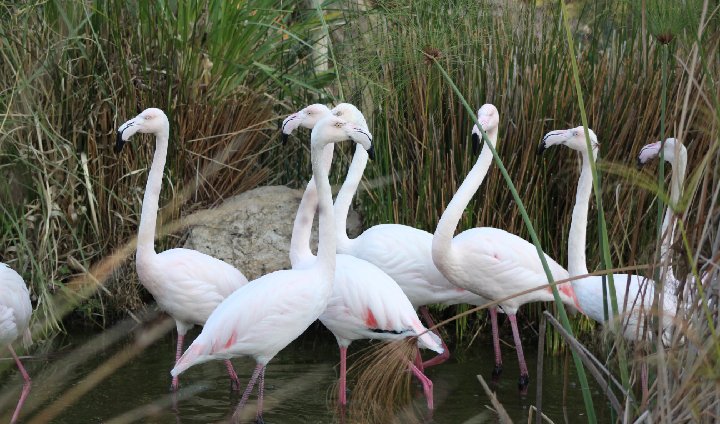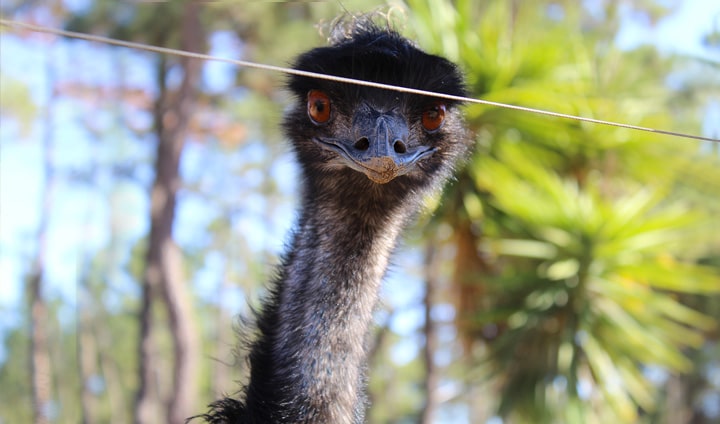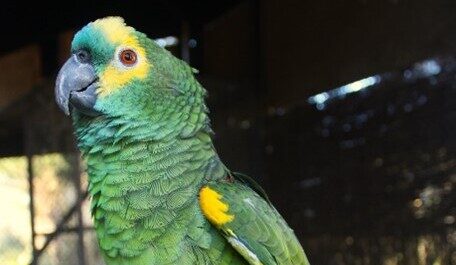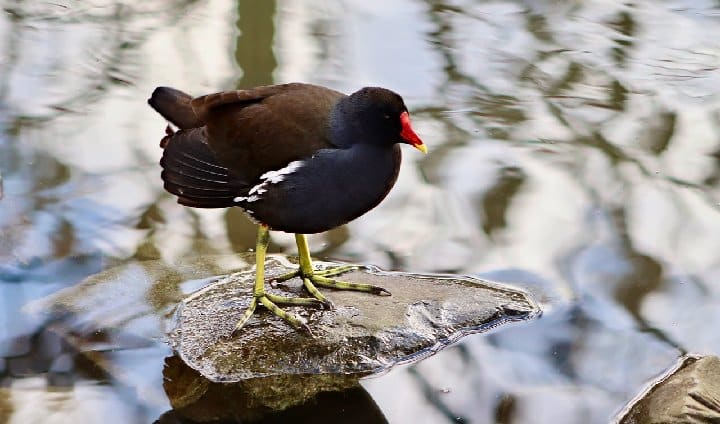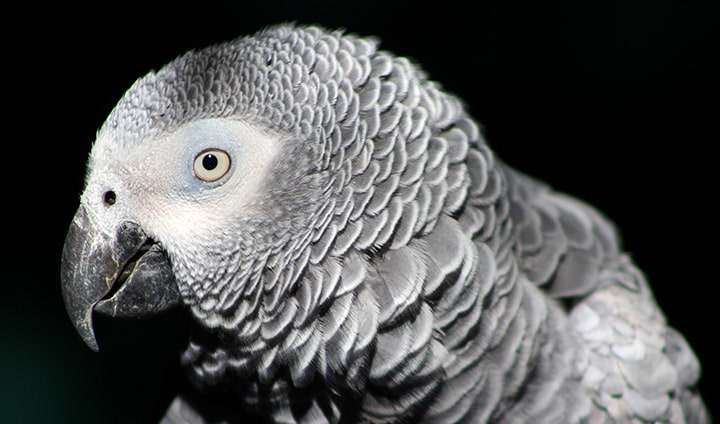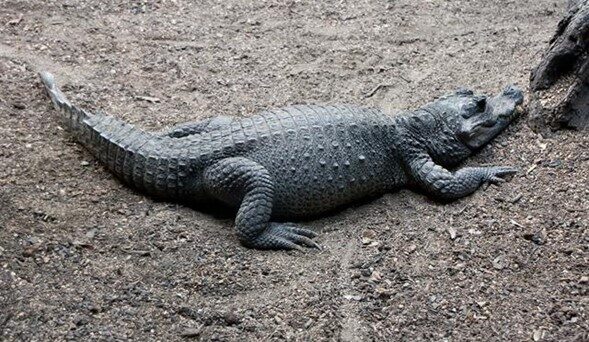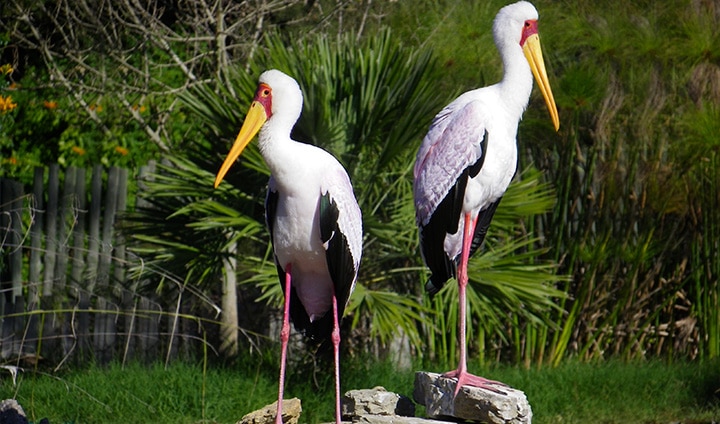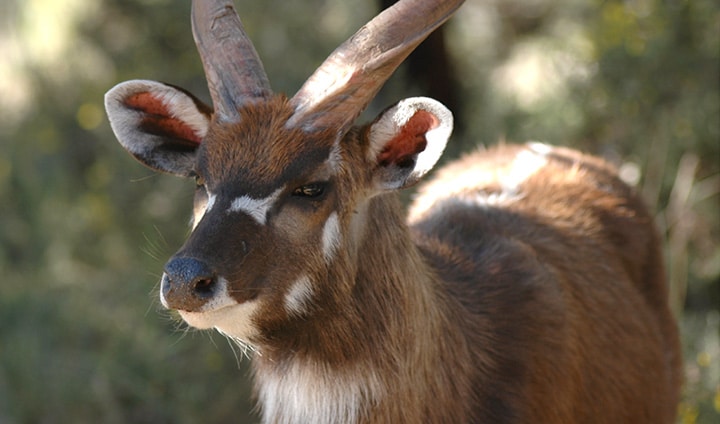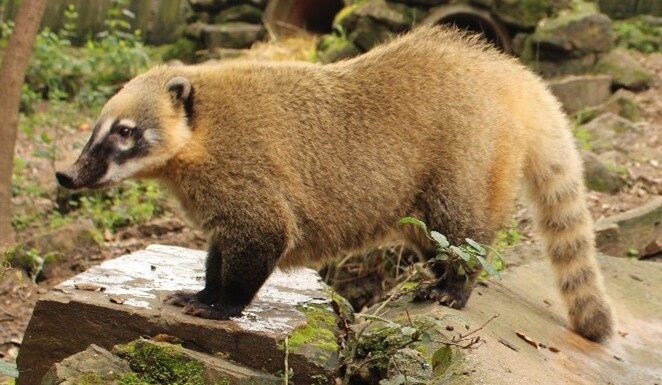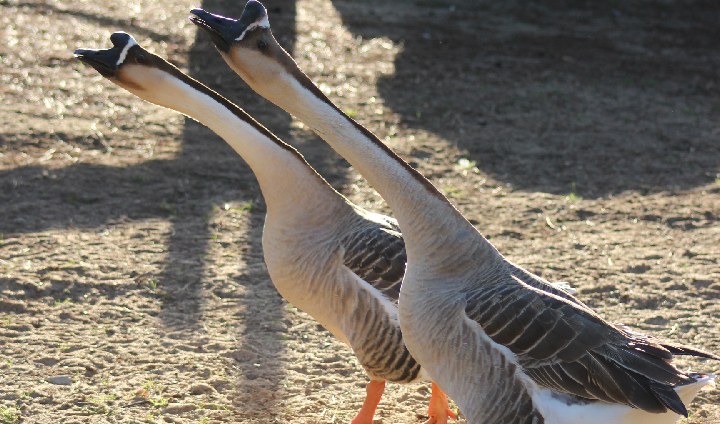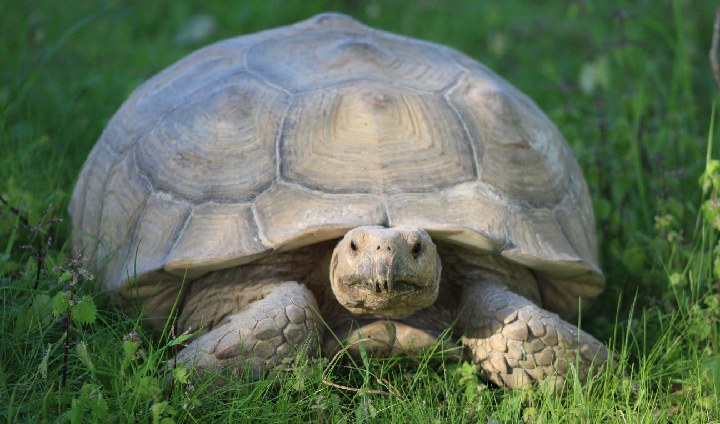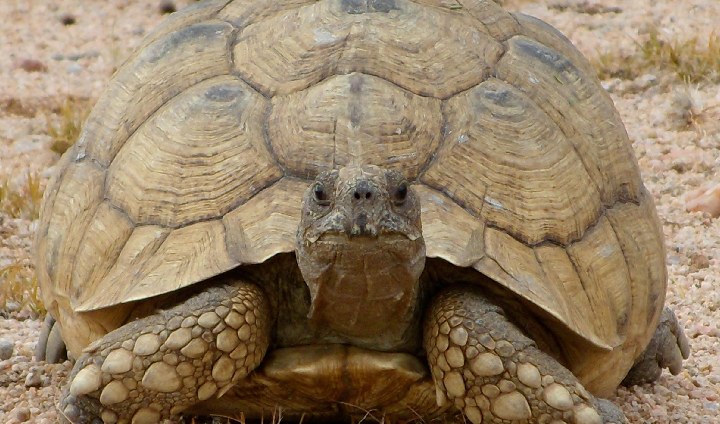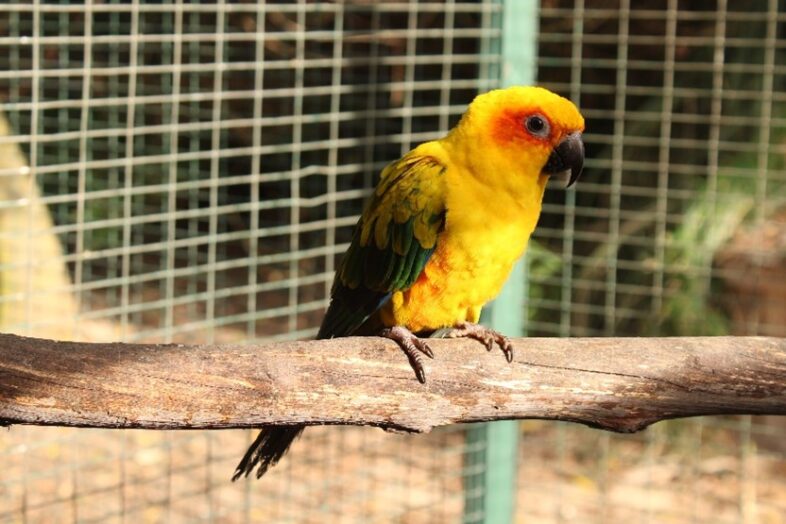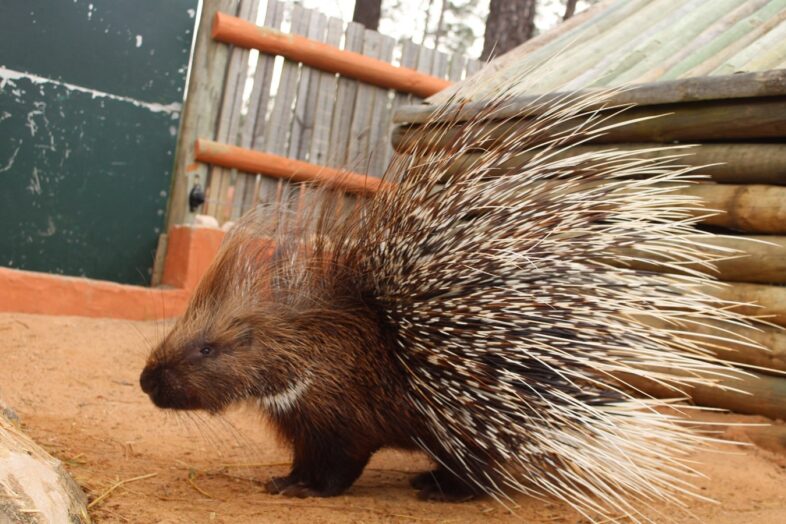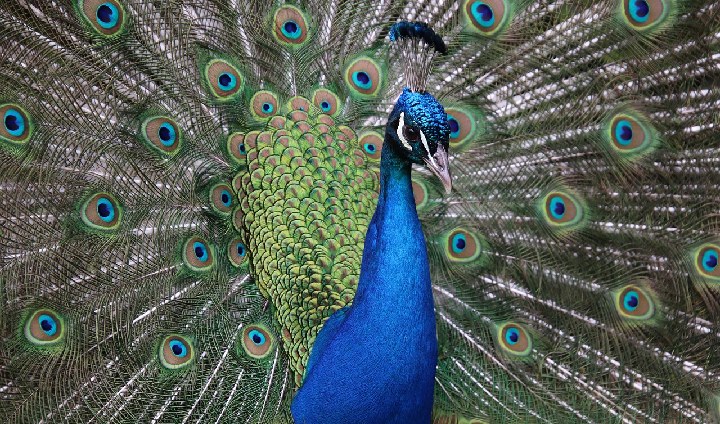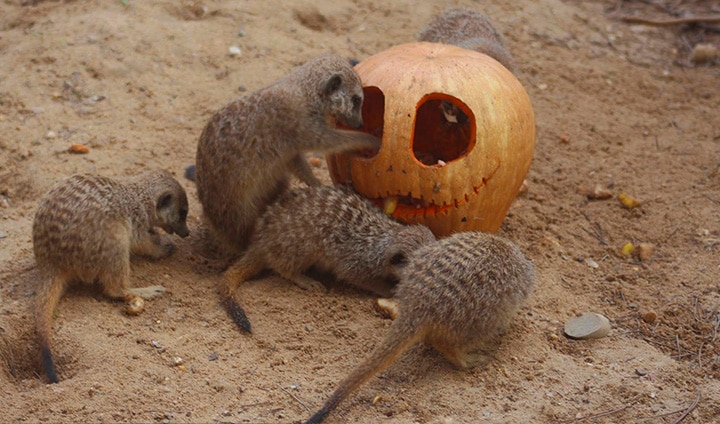Habitat and Geographical Distribution: Inhabit shallow wetlands, dams, barrages, lagoons or rice paddies. Found on almost all continents; from the Galapagos to India, Caribbean, Mediterranean basin, the African and Middle Eastern coasts. In Europe their distribution is mainly limited to the south on the Mediterranean coast.
Diet: Feed on crustaceans, bivalves, insects, molluscs, annelids, protozoa, plankton, diatoms, algae, seeds and sometimes small fish. Feed through water filtration.
Reproduction: Monogamous; Reproductive season: around the month of April; lay: 1 egg; incubation: 28-31 days. Nests are made of mud and built by the couple. Being a species with gregarious habits, they reproduce in colonies, and both parents incubate the eggs. Offspring leave the nest soon after hatching and gather in “creches” until they are up to 100 days old. Reach sexual maturity at 2-4 years.
Behaviour: Acquires its pink colour from the food it consumes, largely algae and crustaceans, that is rich in beta carotene and responsible for the colouration. The flamingo´s mandibles are lined with lamellae that, when the beak is ajar and immersed in water and together with movements of the tongue, can pump out the water and filter suspended particles in the water.
Conservation status: IUCN: LC-Least Concern; CITES Appendix II
Class: Aves
Order: Phoenicopteriformes
Family: Phoenicopteridae
Length: 1.10 – 1.50 cm
Wingspan: 1.40-1.60 m
Weight: 2-4 kg
Lifespan: 30-50 years


